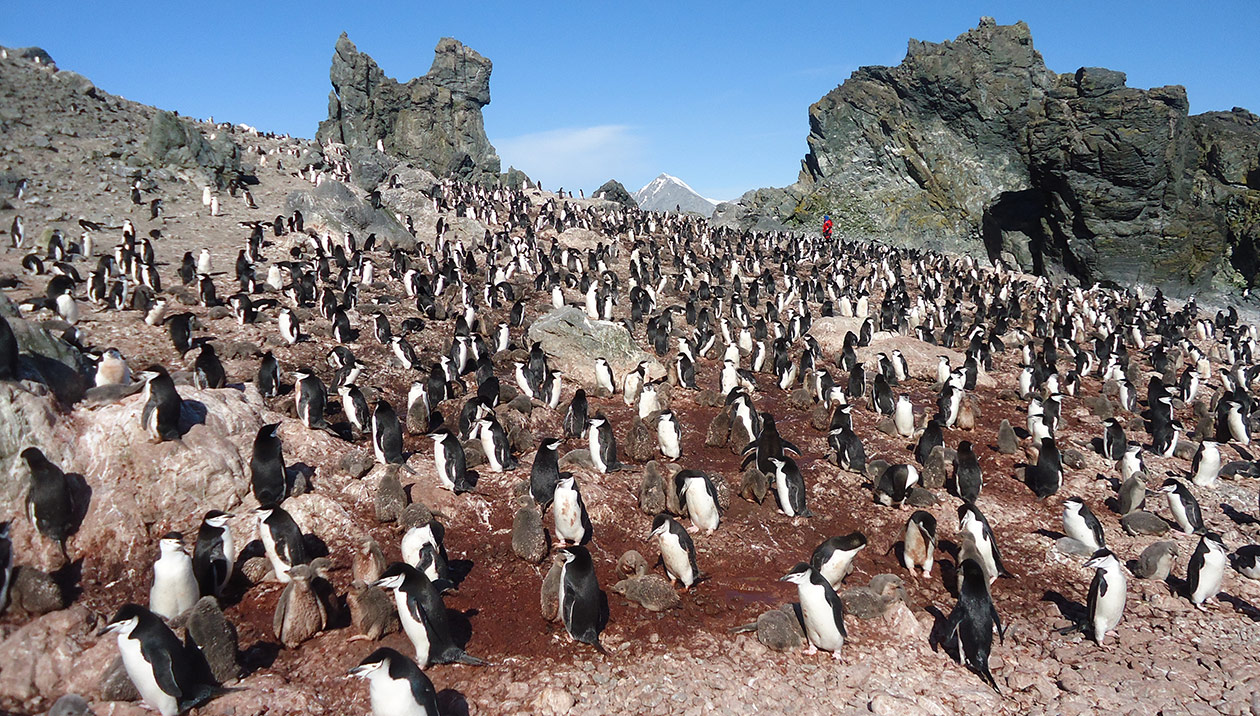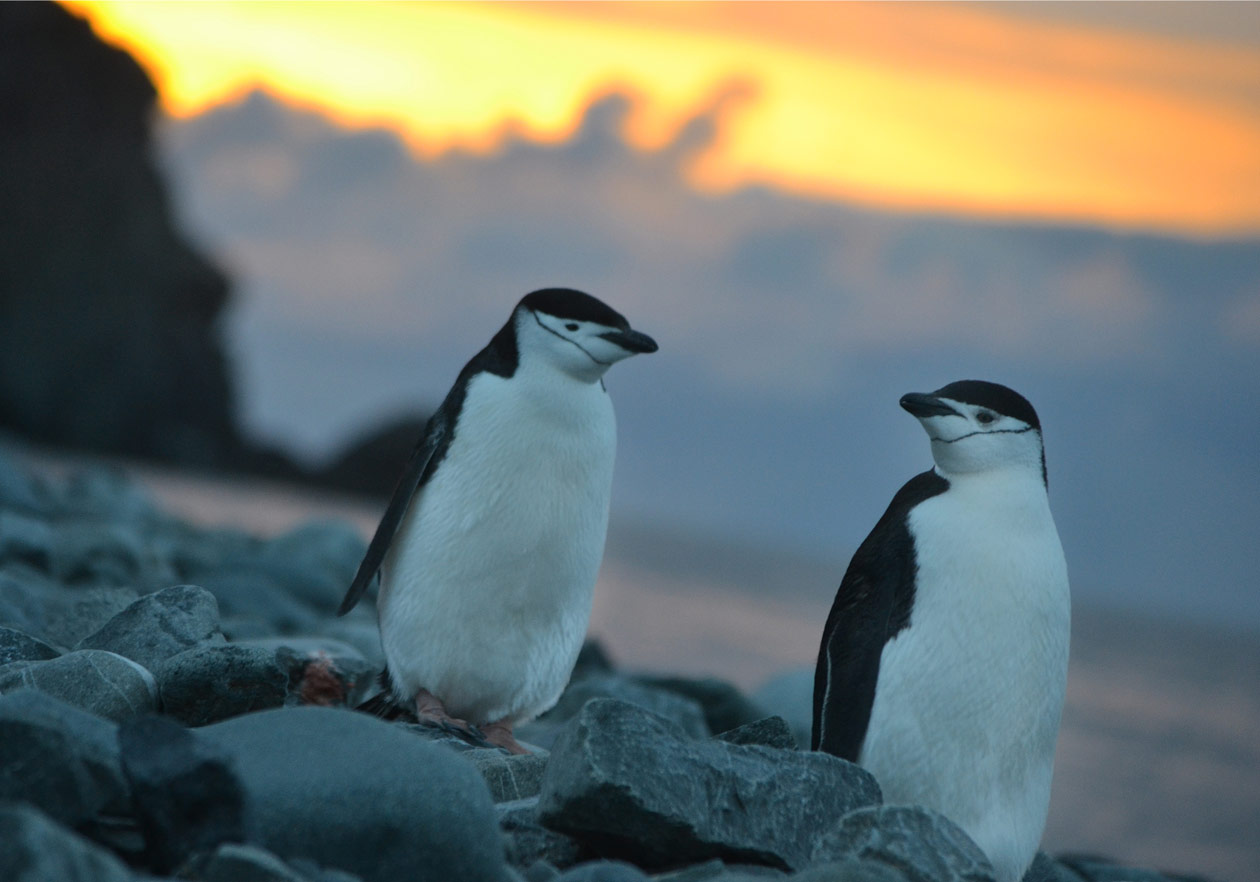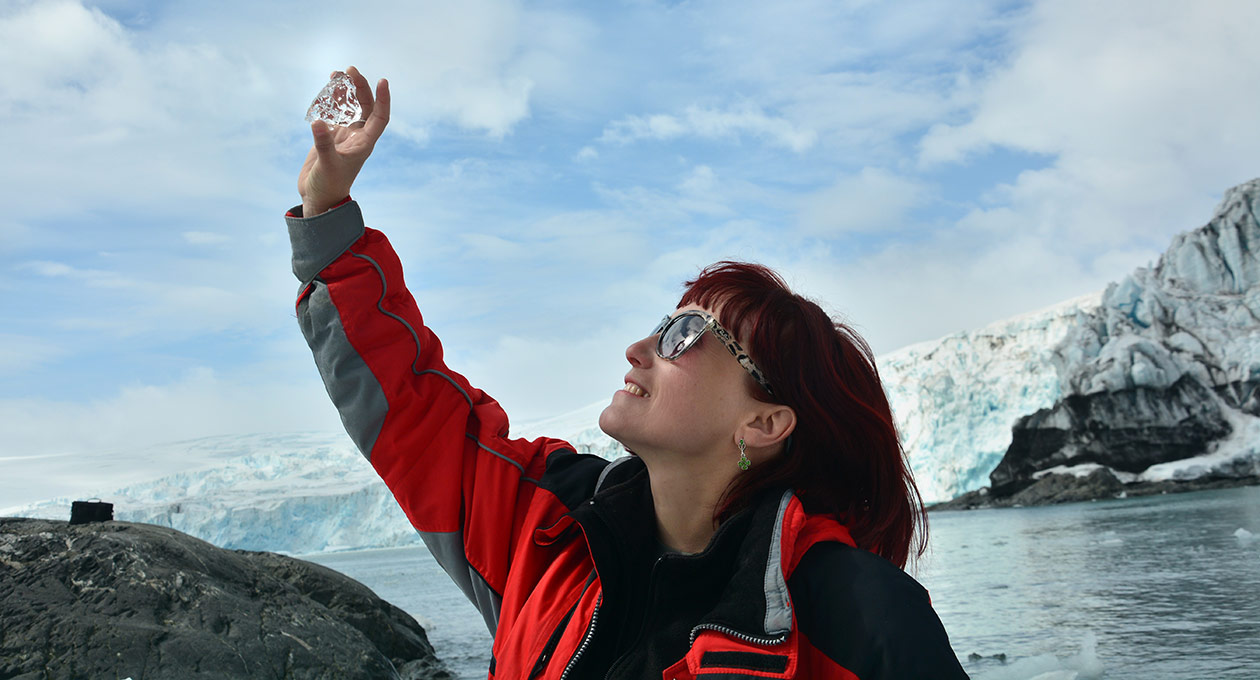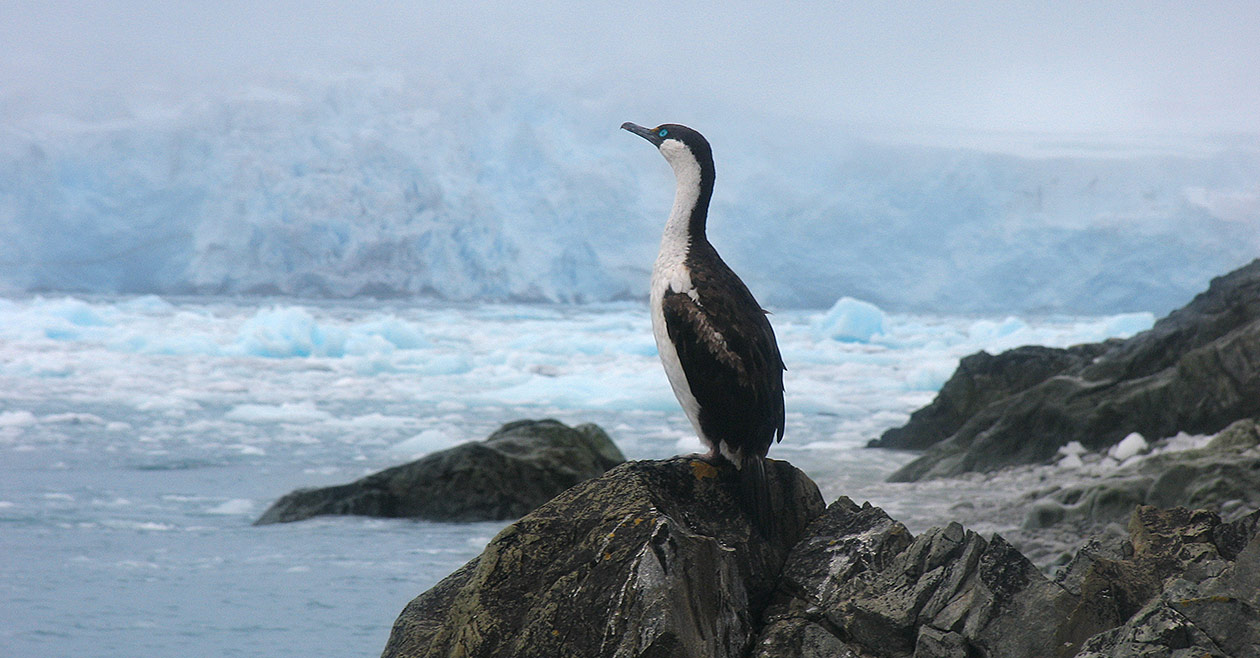Iglika Trifonova goes to Antarctica for the first time in 2006 and her occupation is mainly photography, but the biologist Elmira Trakiiska had a need of help catching penguins for taking blood samples for DNA analysis.
“I actively participated and became “the penguin catcher”, as the others used to call me jokingly. I was able to catch over 50 penguins in the name of science. The more difficult part was to hold them while Elmira takes the samples, because they bite really hard and hit me with their little flappers. I had lots of bruises, but I made it. Our tandem proved to be successful, so Elmira included me in her next project dedicated to Seals DNA research. During my second trip we had to take samples from the skin of a specific type of seals, which is hard too, because the seals are light sleepers and can smell you right away. So we had to sneak really fast, take the sample and run away. There was lots of adrenaline rush, but it was lots of fun too. The third time, the accent of the work was aimed at the research of the psychological characteristics of the people, the least researched topic in Antarctica. All of this does not mean that I left the photography behind, during all these years I came back with thousands of shots from the other side of the world, I had several photo exhibitions. Antarctica is a place, which awakens the creative energy in the sensitive people and the books, photographs, paintings created in our base stand to prove that.”
Are tourists allowed in Antarctica?
Yes, big cruise ships depart from the most southern cities in Latin America – Ushuaia and Punta Arenas, carrying hundreds of tourists in the polar summer season. While they stay on the ships and watch and photograph Antarctica – it is not a problem. But it happens sometimes that they are allowed to come ashore and then the damage done to the populations of animals is huge. The biologists study the human influence on the environment and regrettably the research show that in this wild and isolated world with no viruses and bacteria the animals cannot cope with the diseases we bring. I am an eye witness to the fact that the populations of penguins and seals in the near islands have declined considerably and the main reason is the tourist ships, which allow the tourists to come ashore, walk around and take pictures with the animals. I hope such precedents to be more and more limited – Antarctica is a protected territory and exactly for such precedents the Madrid Protocol was signed by the countries, which rule the continent, among which is Bulgaria. Its aim is to protect the Flora and Fauna of Antarctica.
What did you enjoy photographing the most, during your stay in Antarctica?
The faces of the people, especially the ones who come for the first time. I am moved by their emotions and thoughts. The animals have facial expressions too, every seal has a different expression and I am very interested in comparing them. I love capturing the thousands of flashes from the transparent ice blocks in the water, which shine like precious stones. Every time I go to the Icy continent I discover different things and I believe this time I will too.
Gallery






